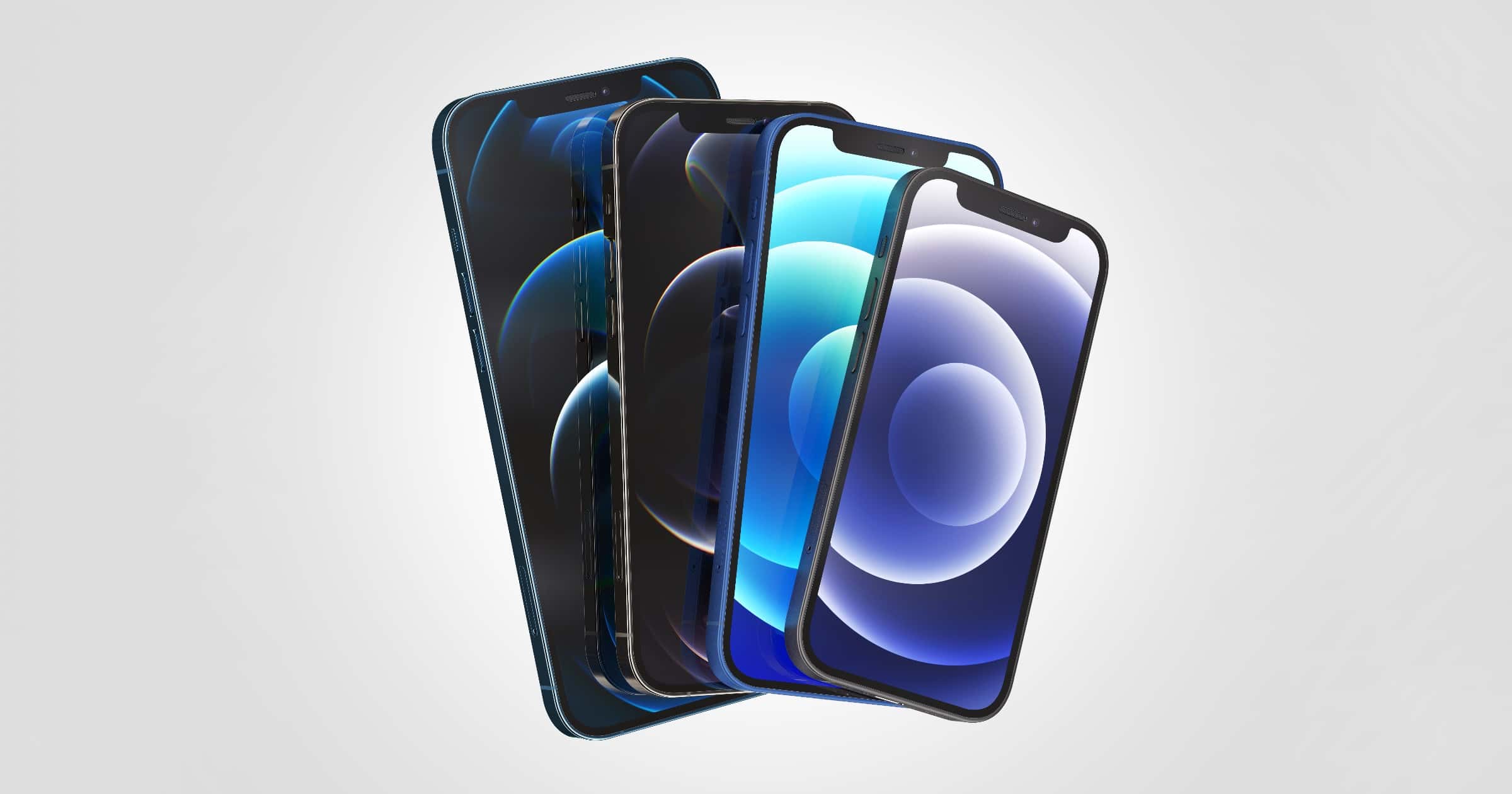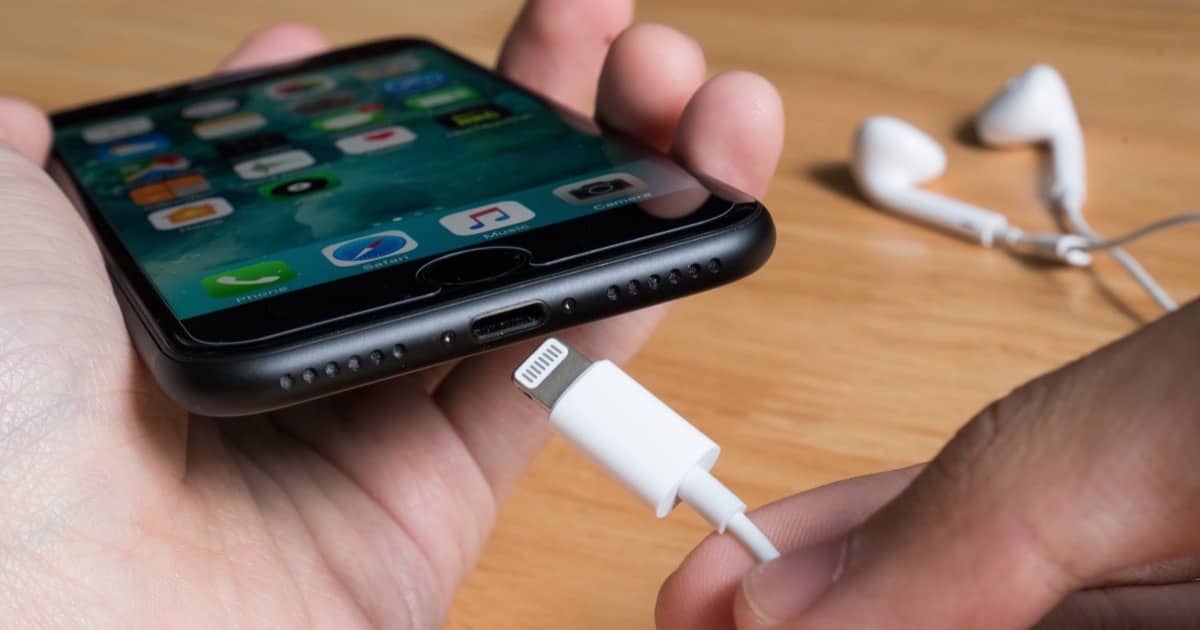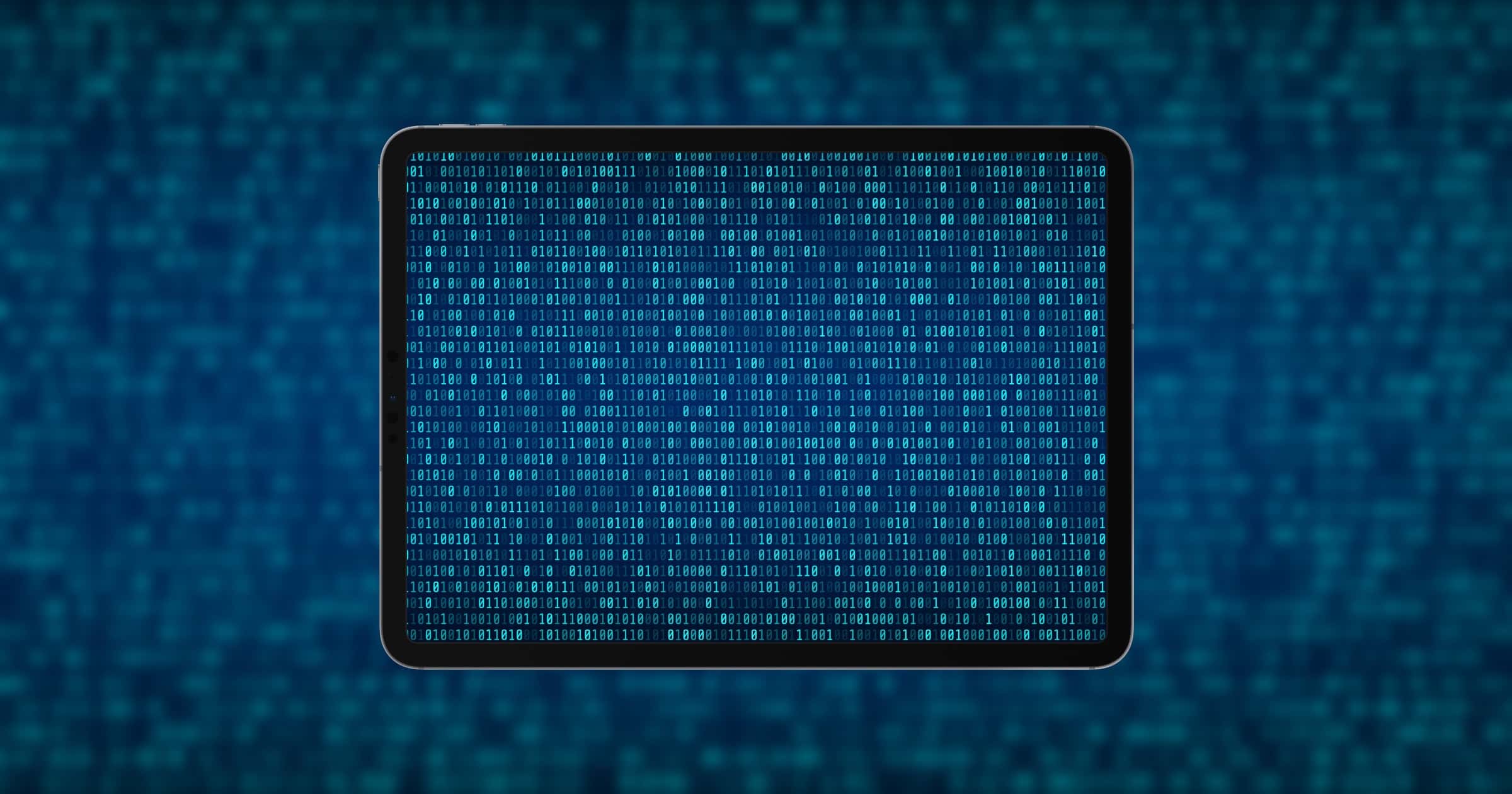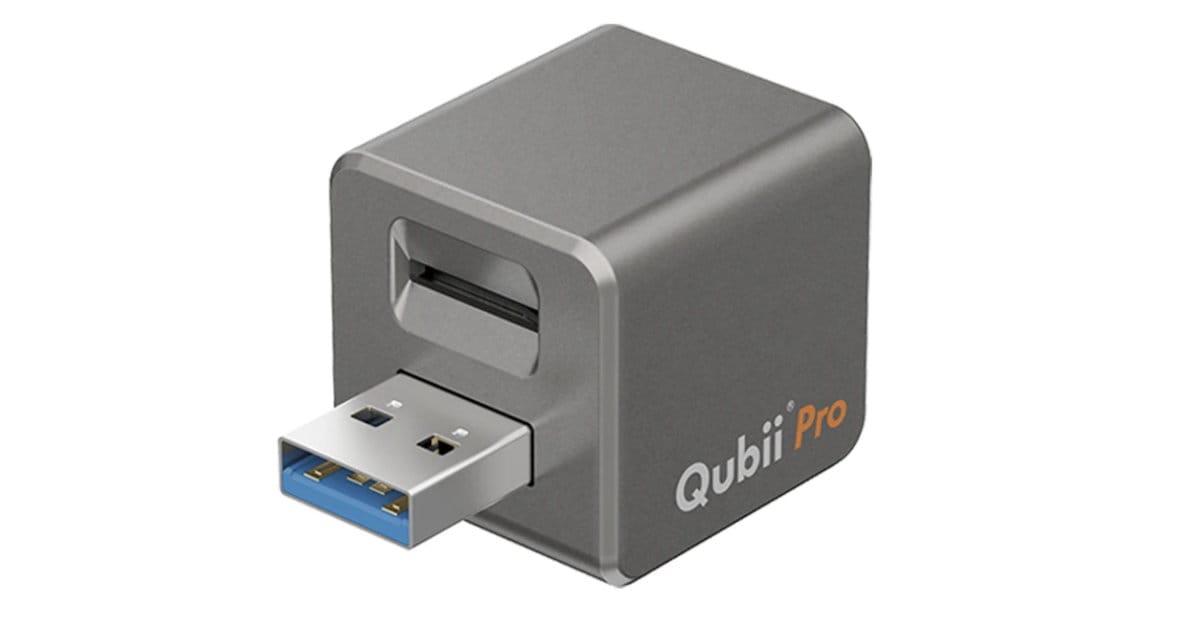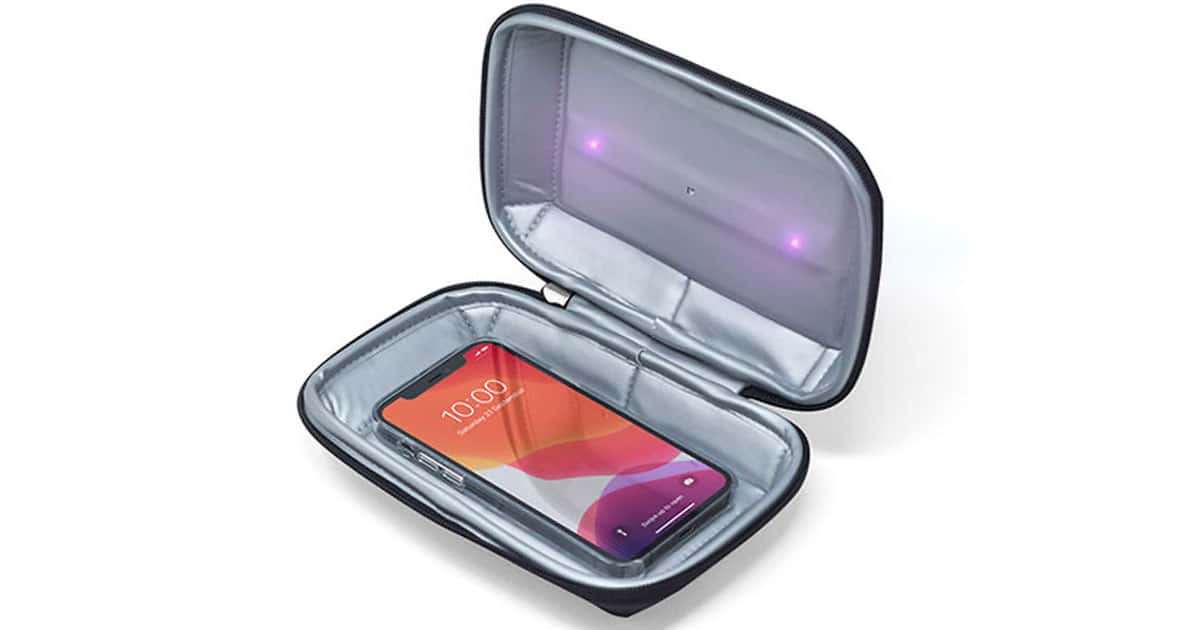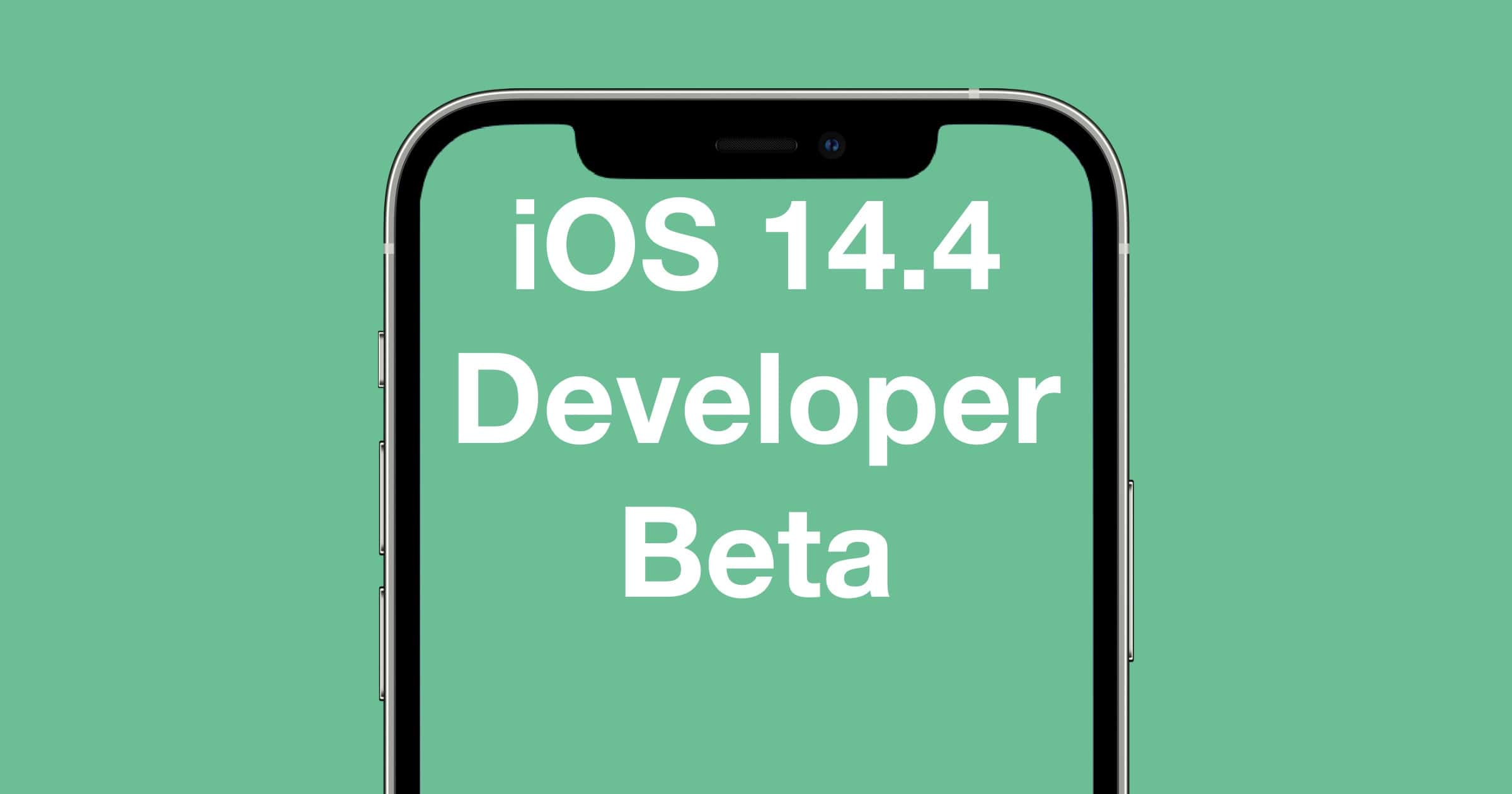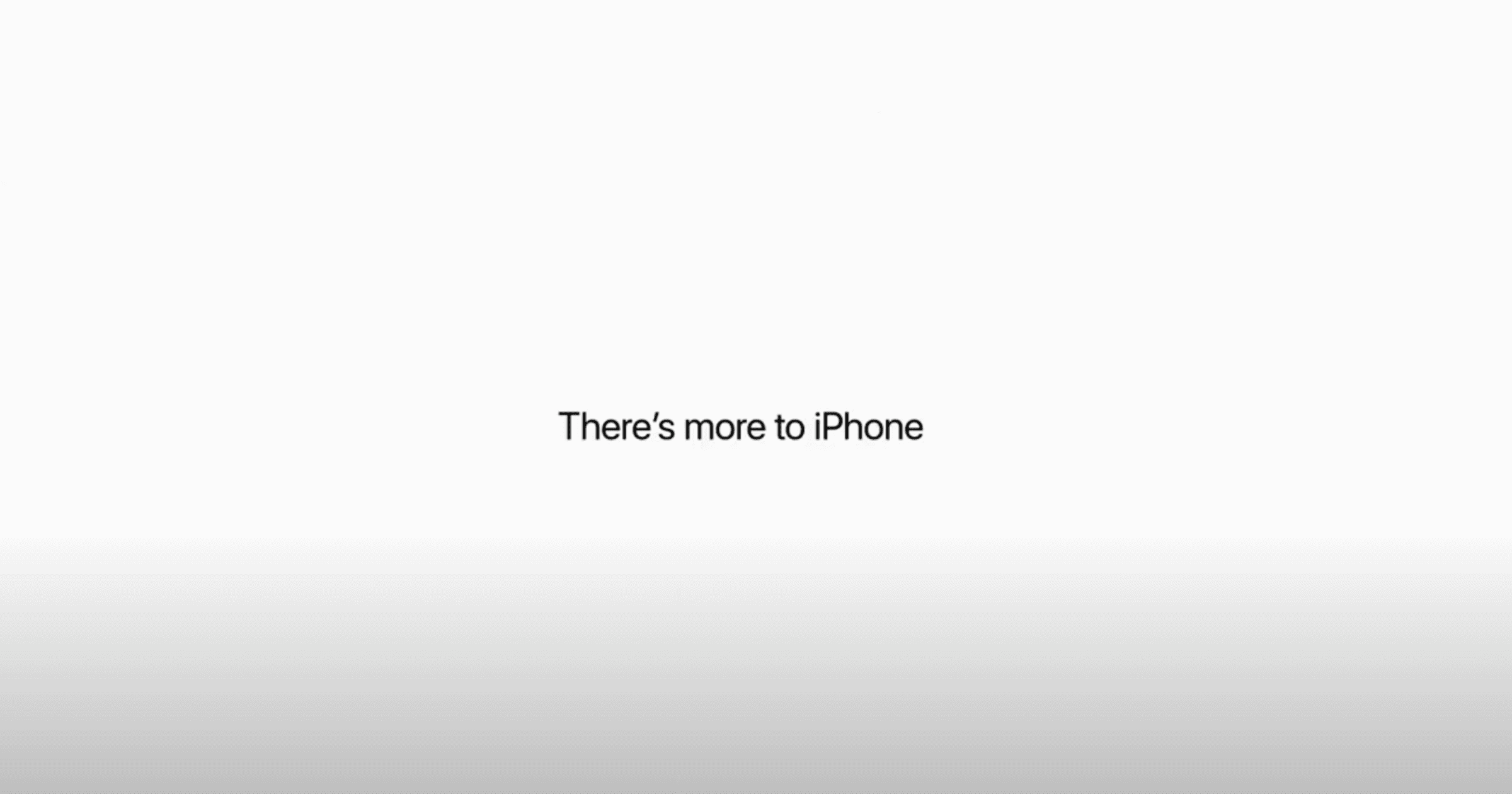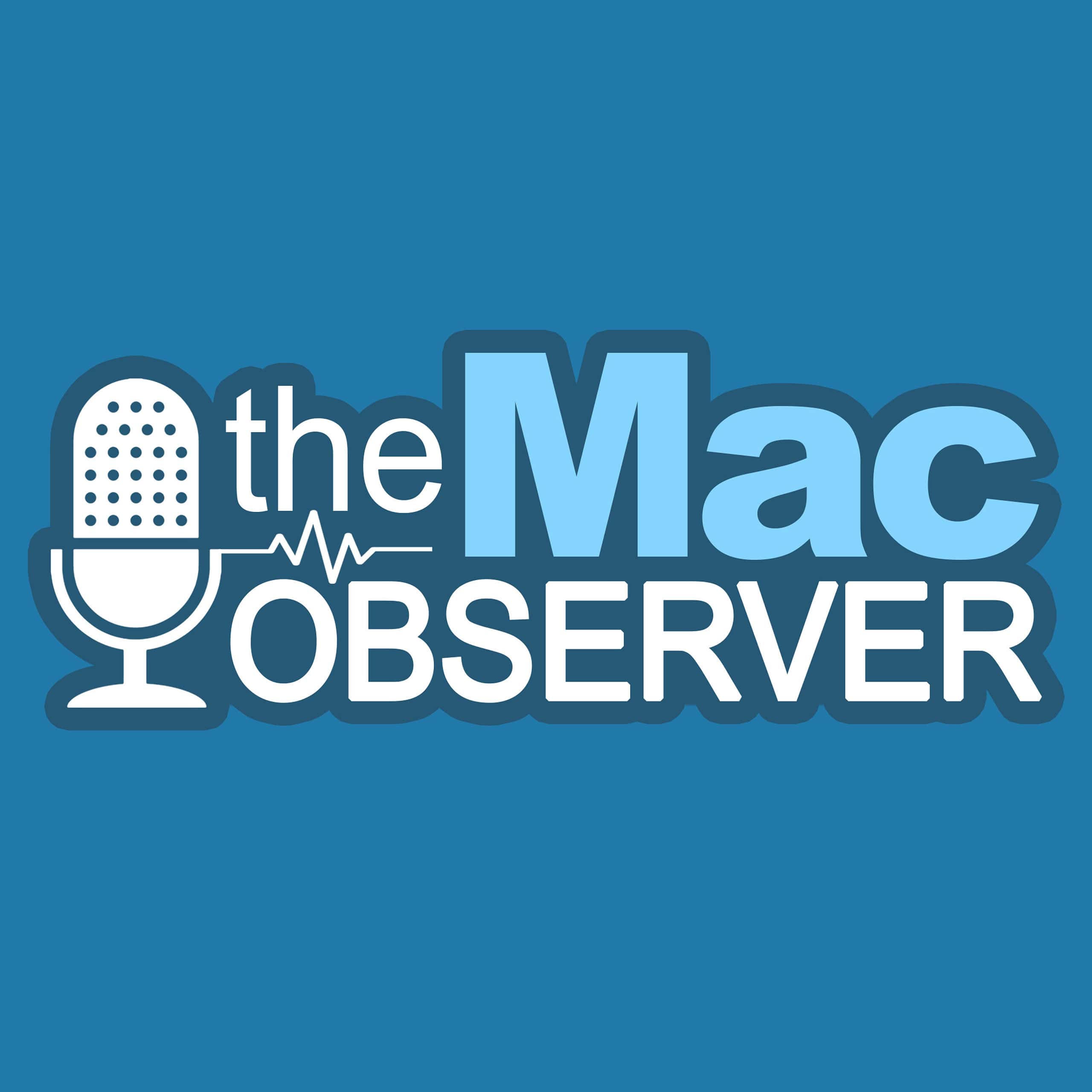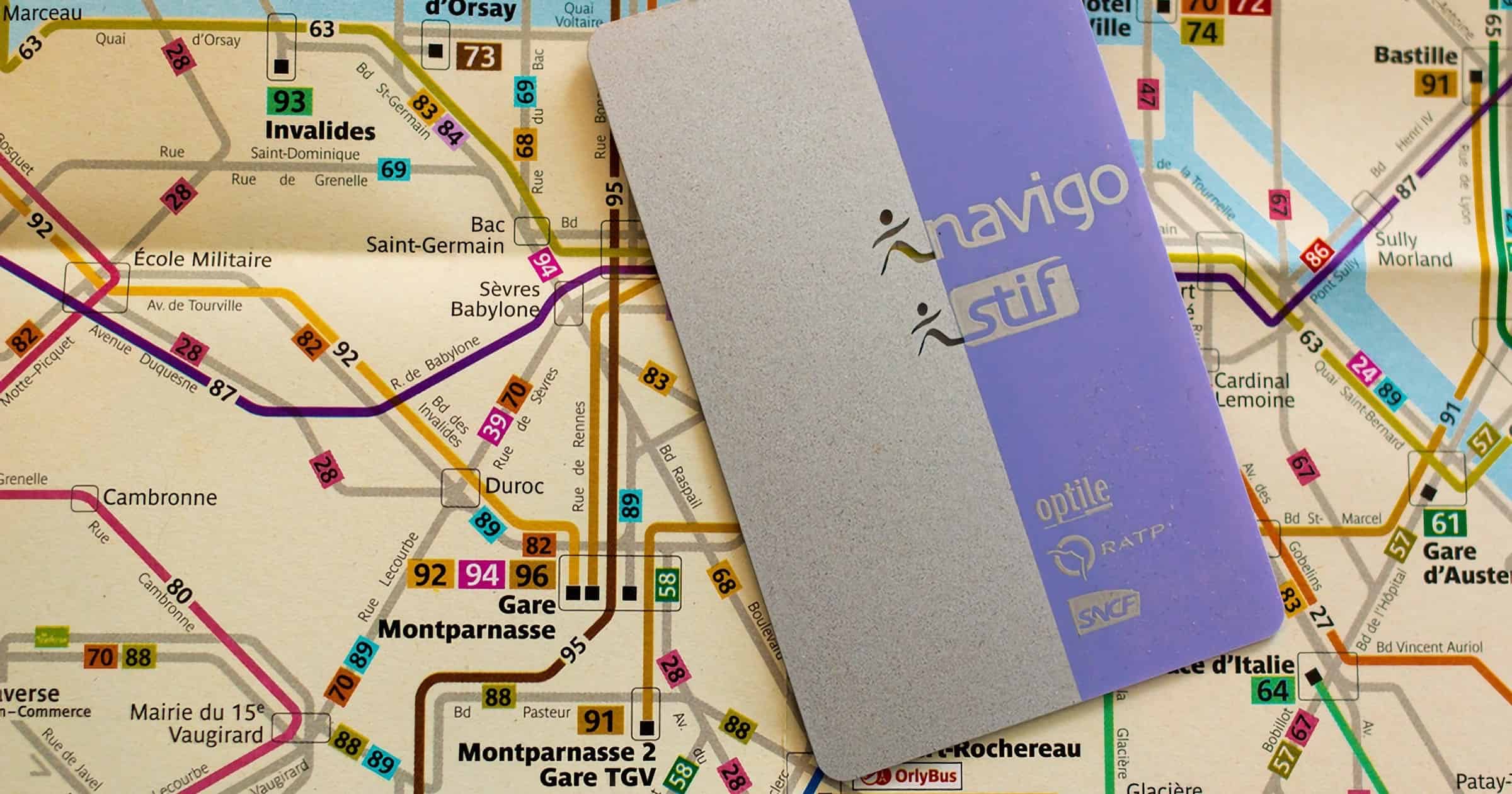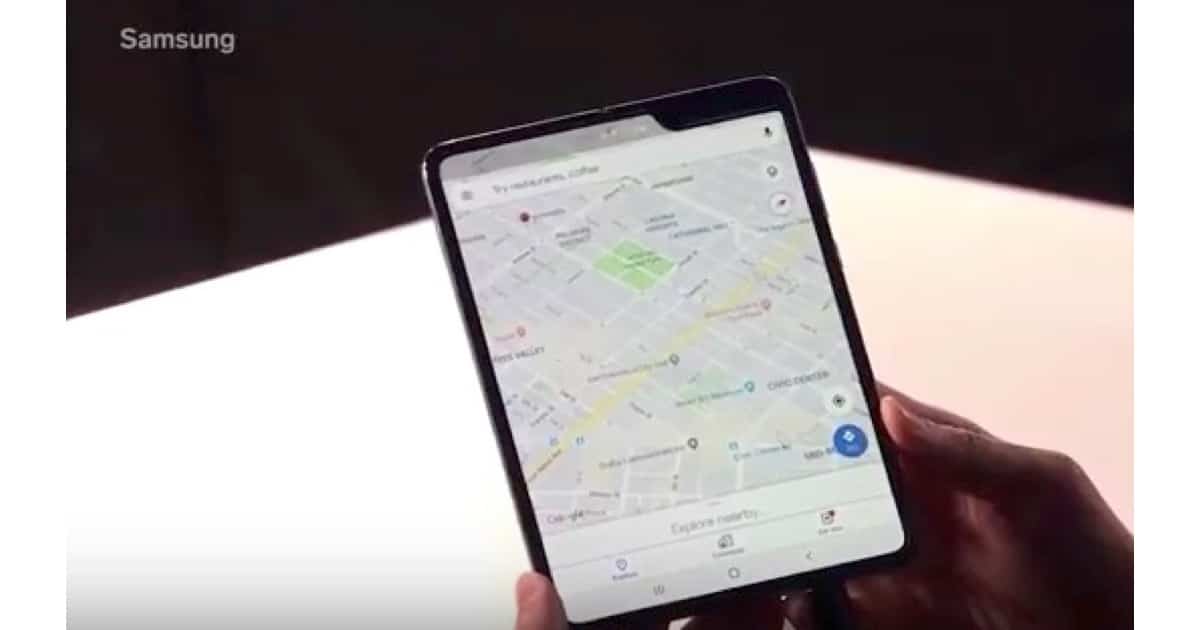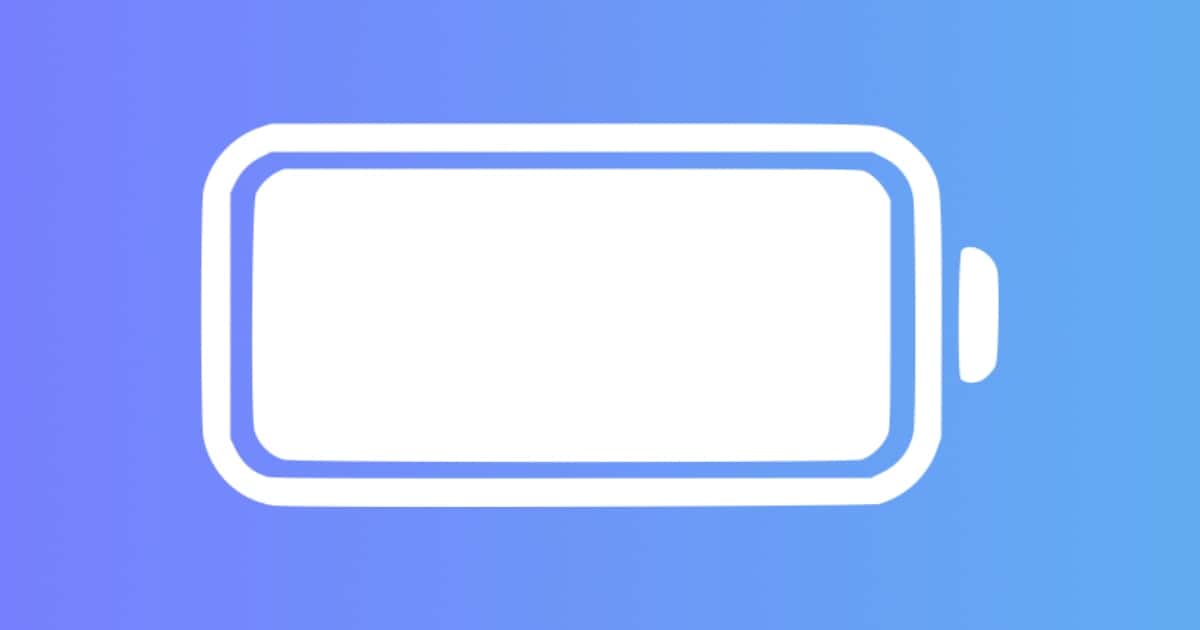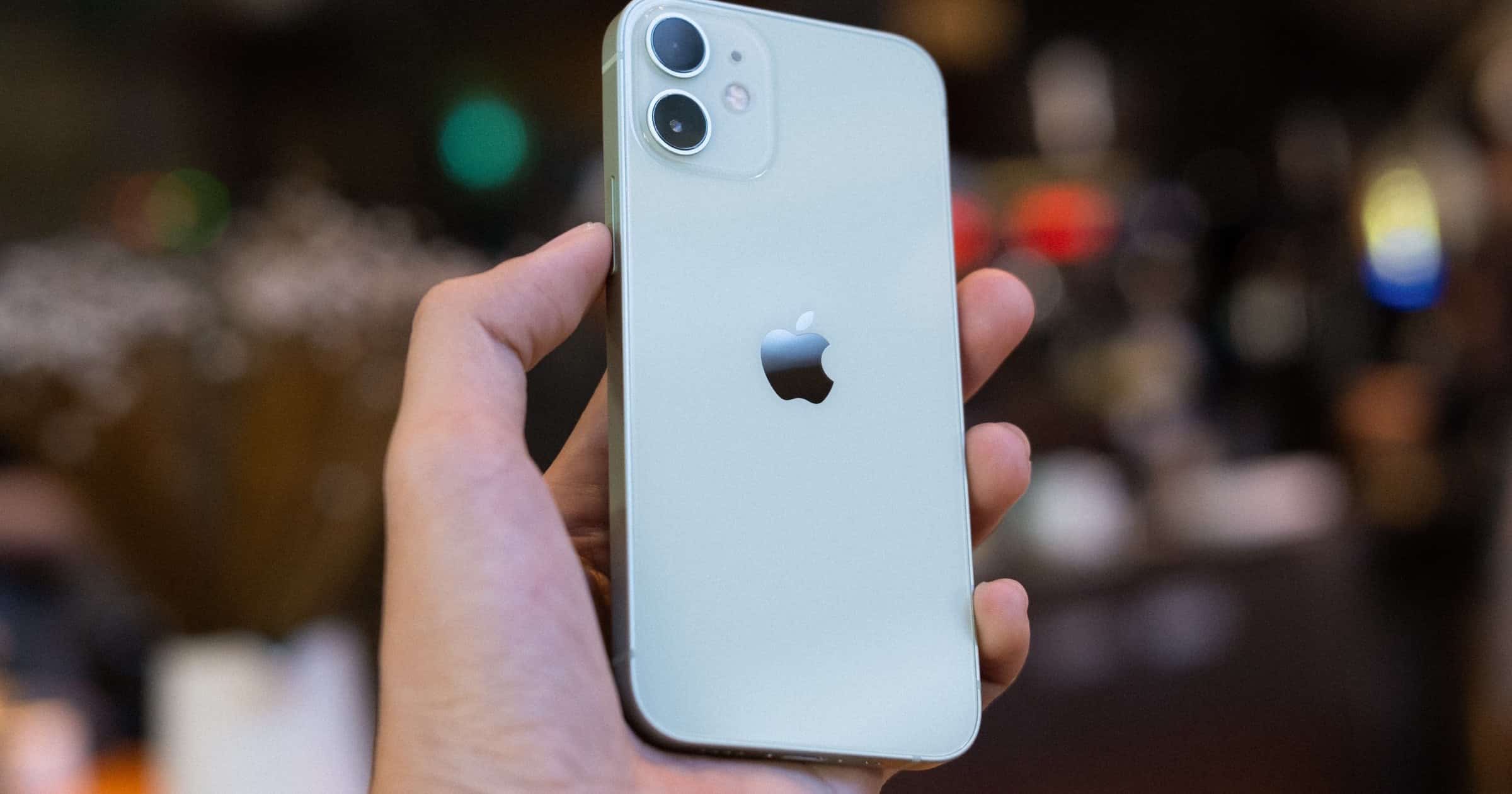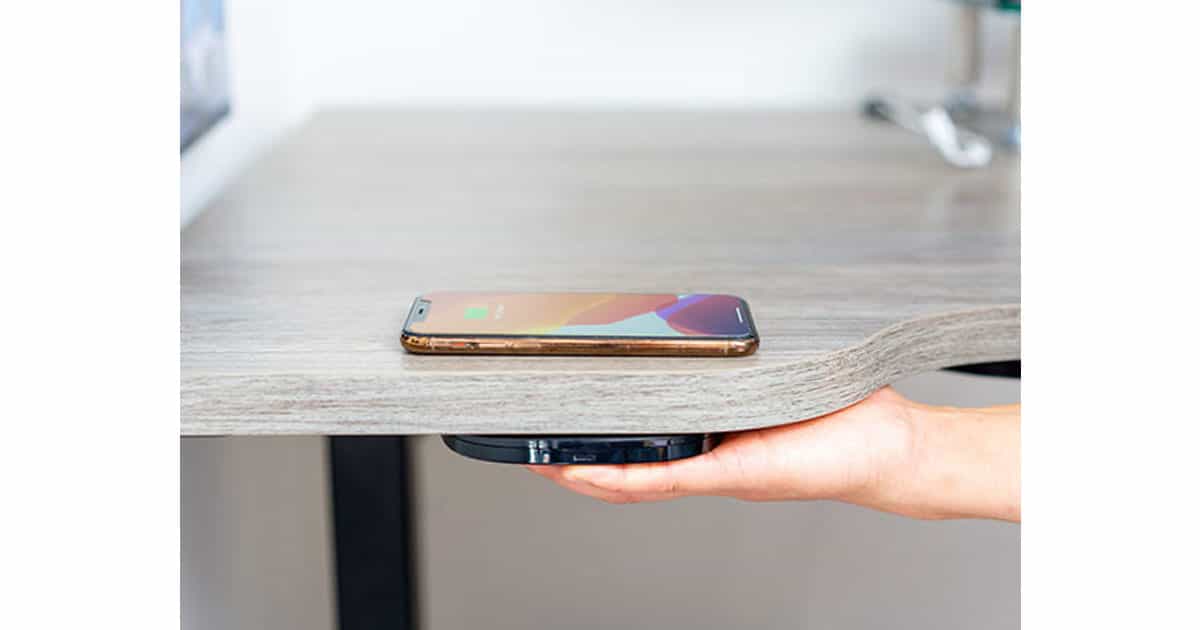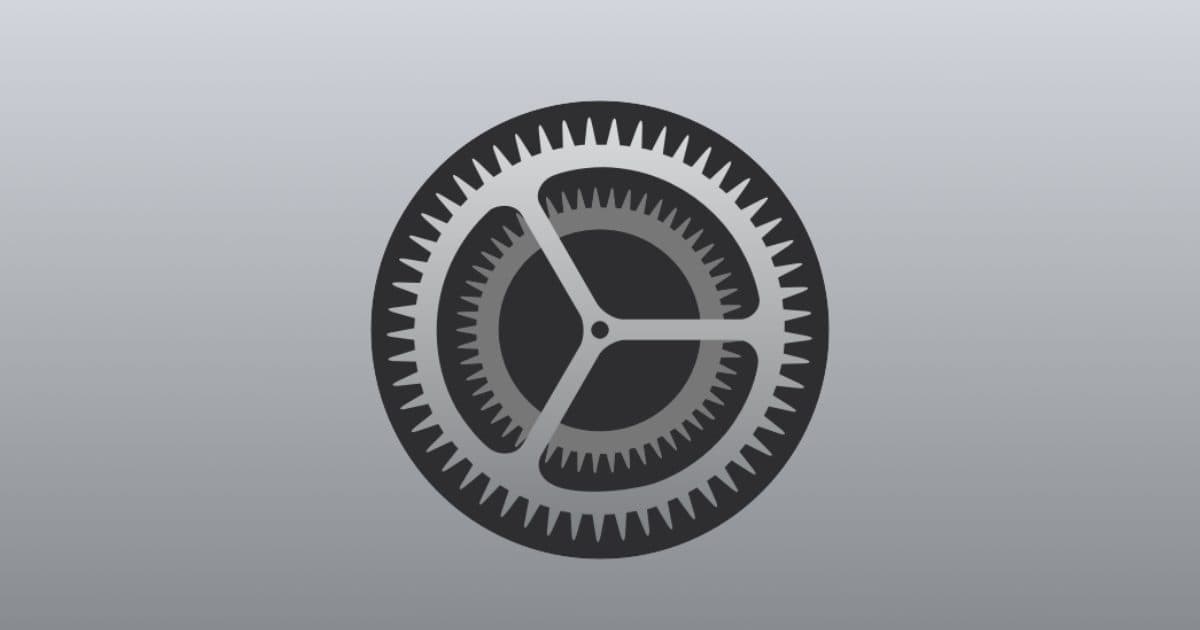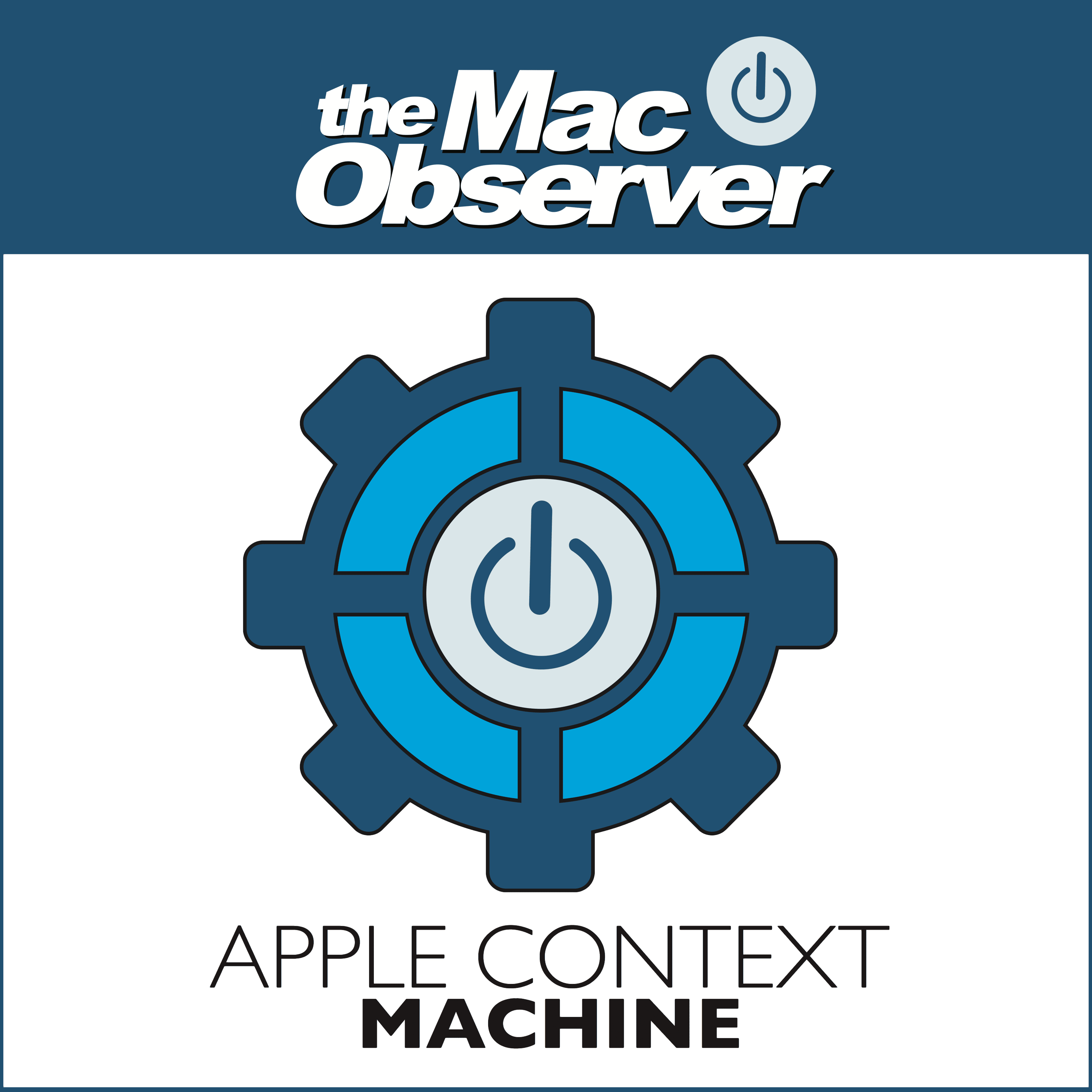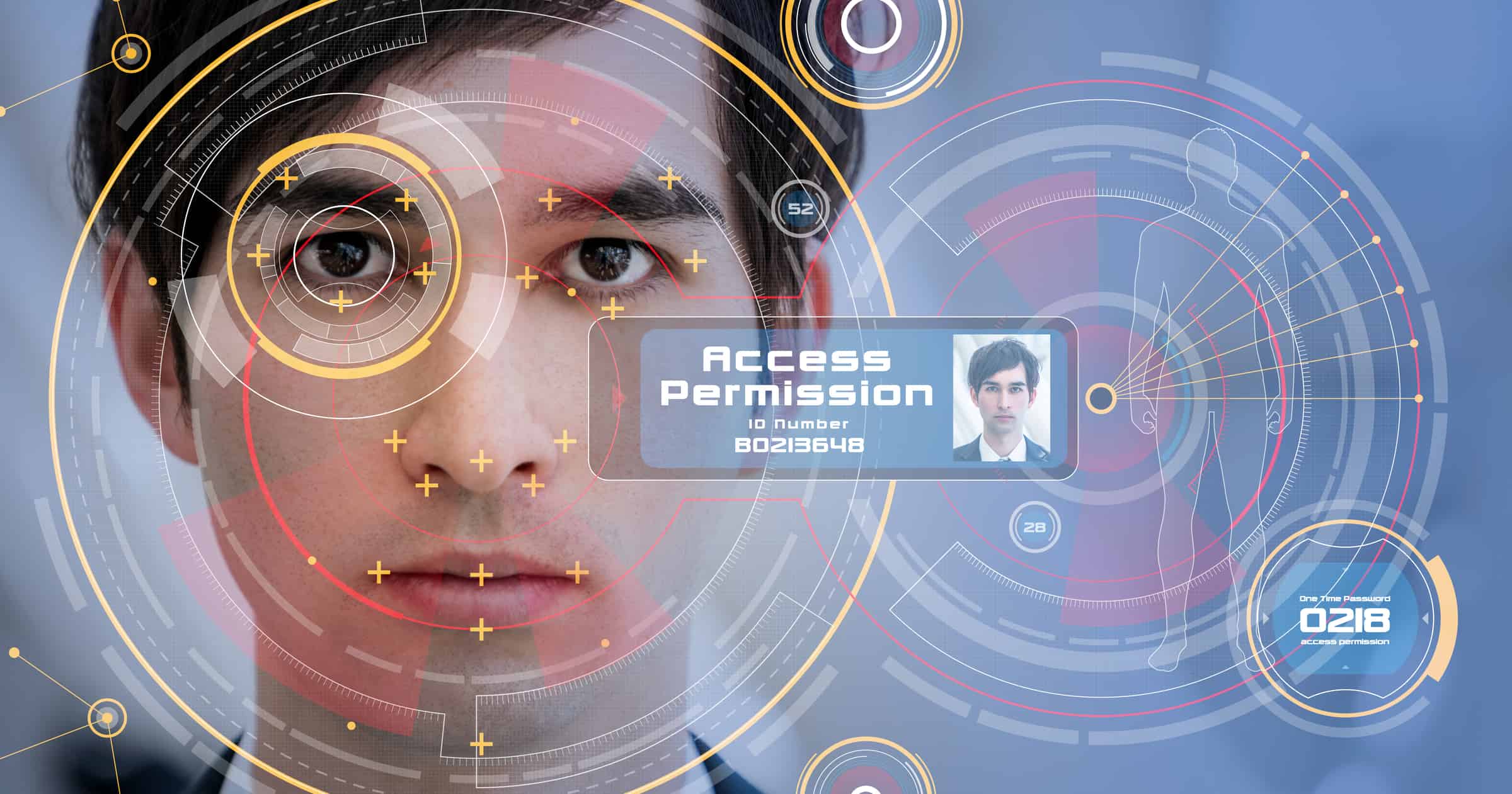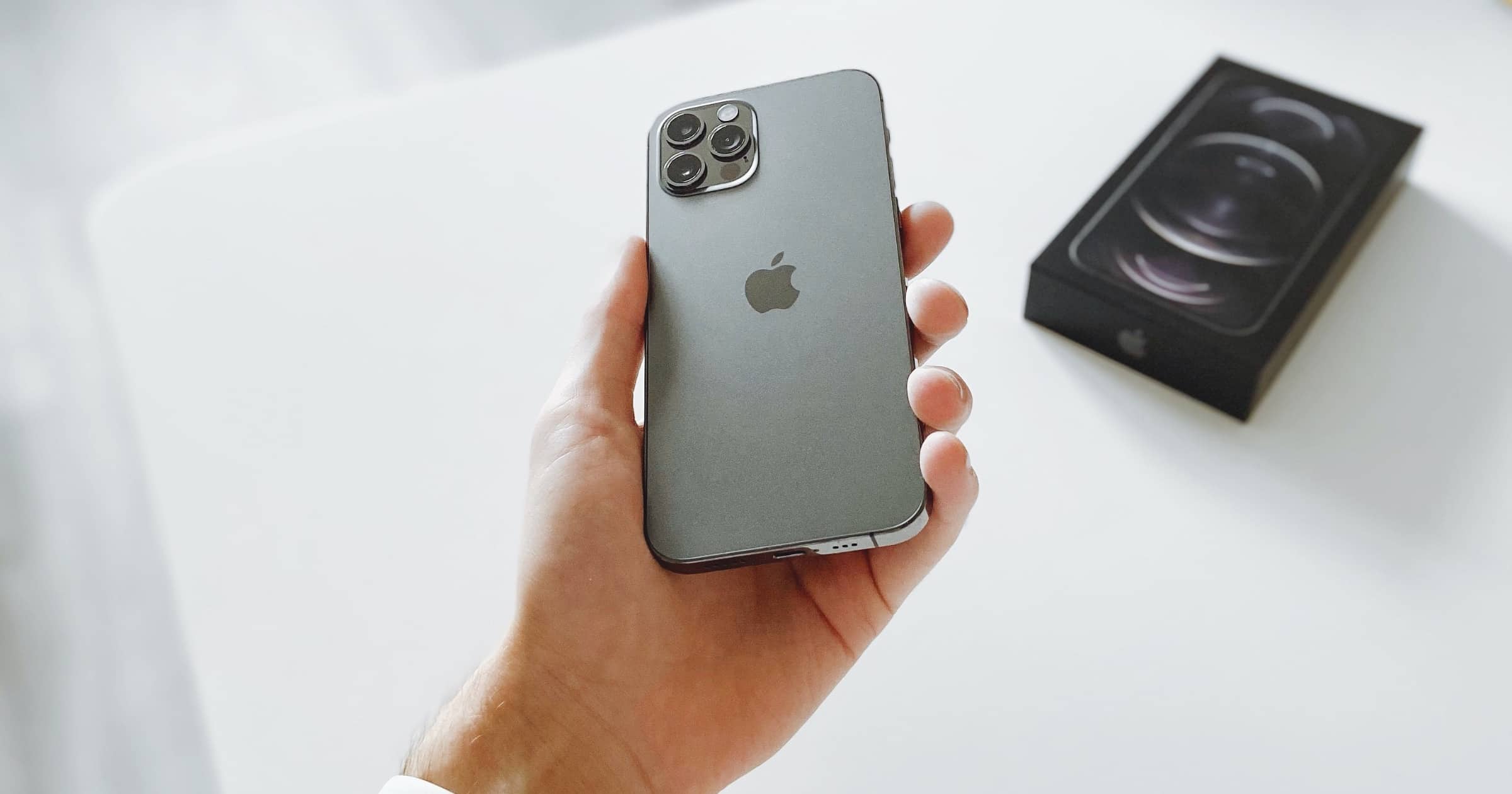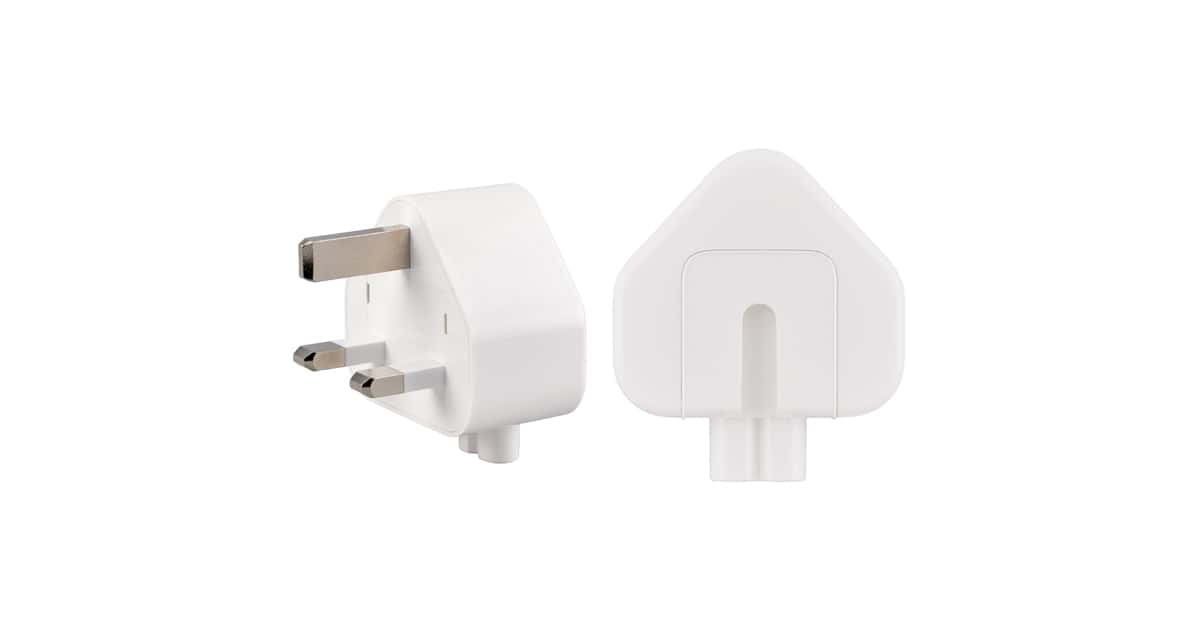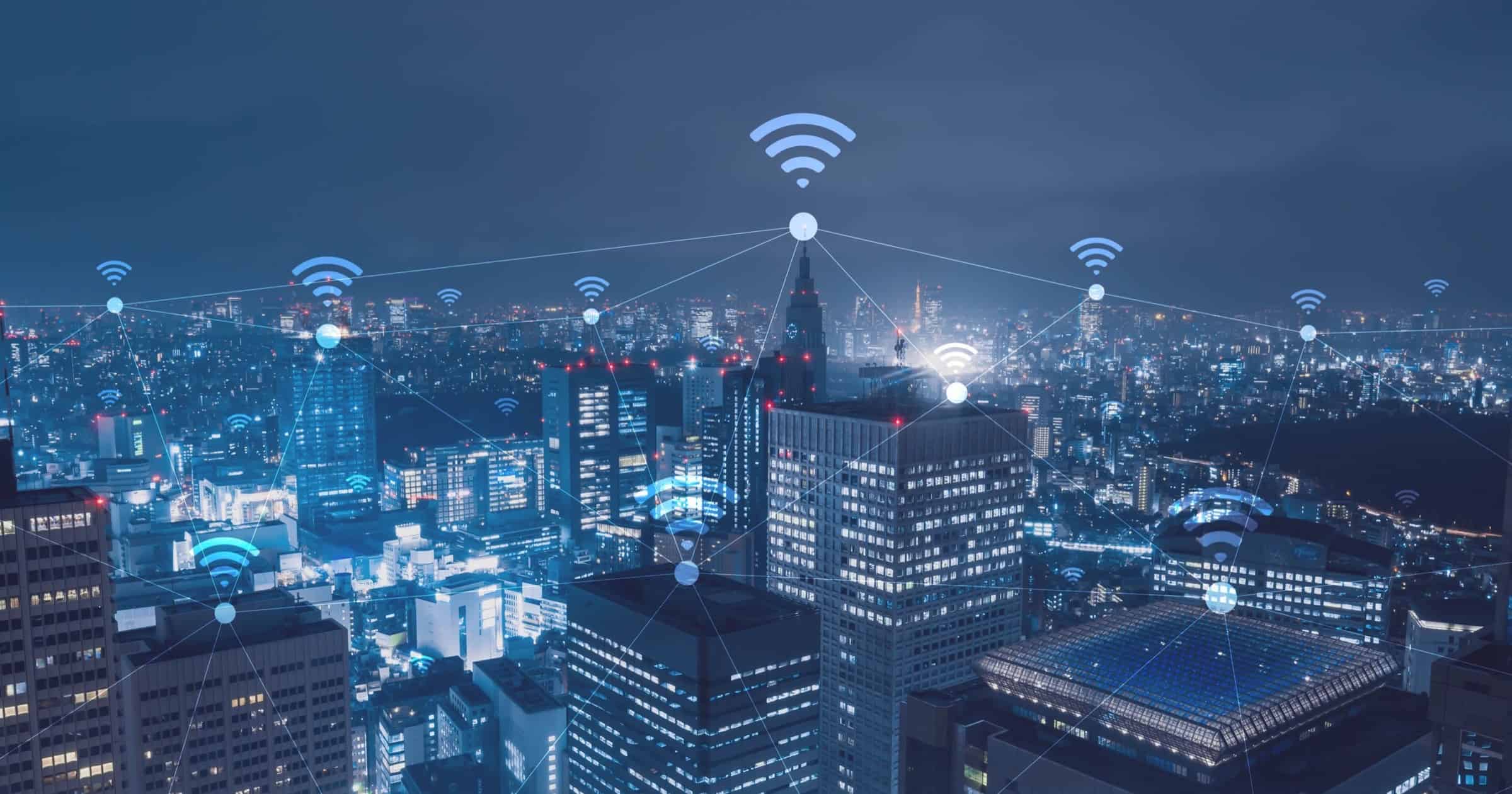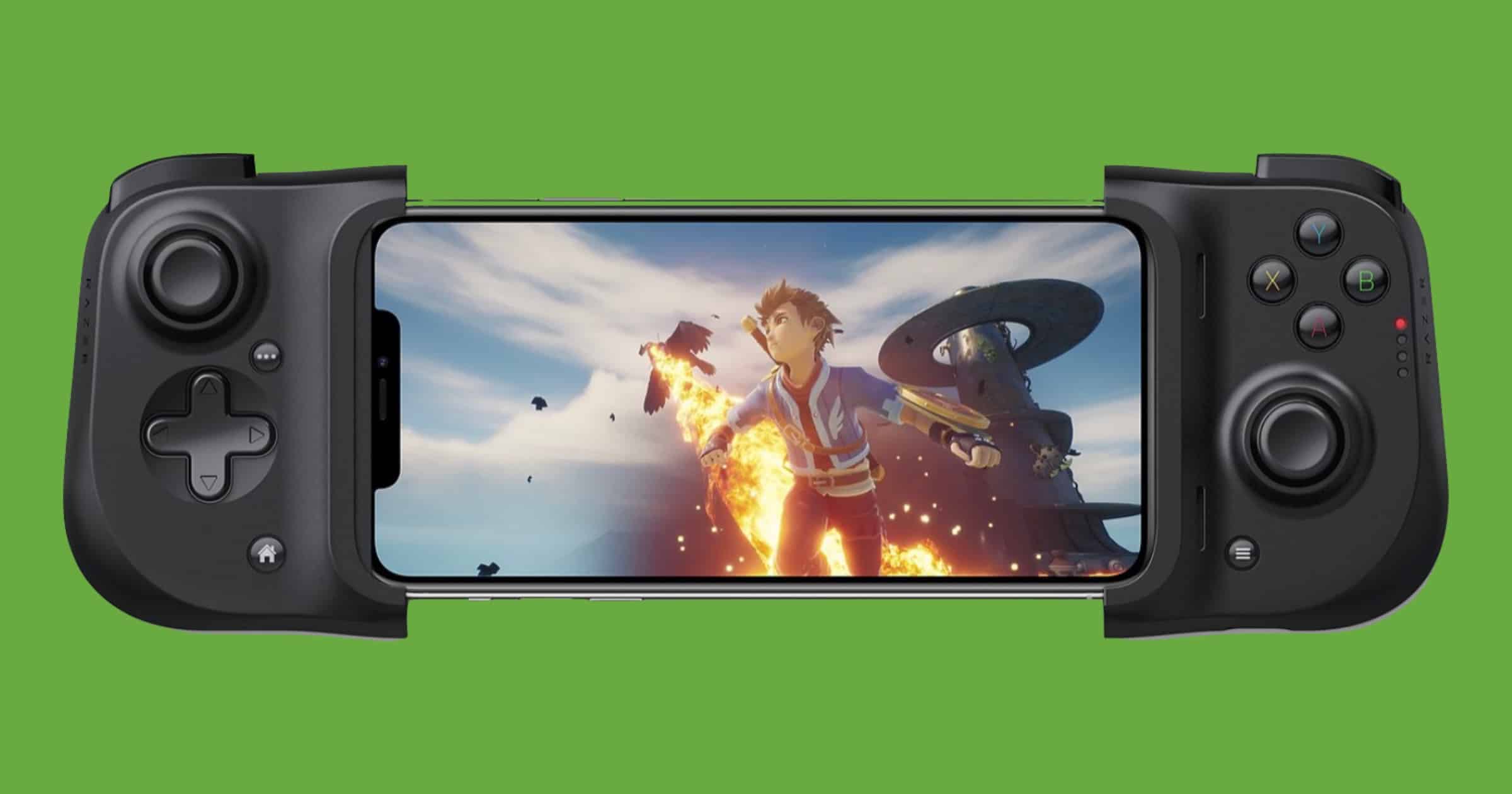Research released around Apple’s latest results highlighted just how strong a position the firm holds in the smartphone market.
iPhone
Developers Receive iOS 14.4 Final Beta Candidate
On Thursday Apple has released the final beta of iOS/iPadOS 14.4. It’s likely users will see the officially 14.4 release on Tuesday.
Save us From a Portless iPhone
Rumors are swirling that future iPhones may not have any ports. Ed Hardy at Cult of Mac explains why a portless iPhone would be a horrible idea.
First off, there’s iPhone recovery. If something goes seriously wrong with your iOS handset, the cure is to hook it to a Mac or PC and use recovery mode. The need for this is rare, but occasionally crops up when operating system updates go horribly wrong. Without a Lightning port, this is impossible. The only option would be to send the iPhone to Apple or an authorized repair tech. A minor hassle suddenly becomes a major one. Next, even assuming the future portless iPhone comes with MagSafe, wireless charging will still be slower than wired. And the handset itself will cost more to make because Apple will (probably) put a MagSafe charger in the box. And they’ll cost users extra because most people will want to buy extras to have additional chargers at work, in the car, etc. Plus, you can say goodbye to some great accessories…
Apple Shares Photos From ‘Shot on iPhone 12’ Campaign
Apple has shared photos shot on iPhone 12 from people around the world, showcasing what these powerful cameras can do.
iOS Encryption Isn’t as Secure as it Could be, Researchers Discover
Security researchers at John Hopkins University studied the security measures of Android and iOS, specifically encryption.
Maktar Releases Qubii Pro iPhone Backup and Memory Solution
Qubii Pro is an iPhone or Android device backup and memory solution, with the Pro version adding security features and greater control over your data through the Qubii app.
UV Light Sterilizer with Built-in Portable Battery: $59.99
We have a deal on the KeySmart CleanTray ToGo rechargeable UV light sterilizer. This device will sterilize your iPhone and other small items, and it features built-in wireless charging, too. You charge the sterilizer through USB-C, and it fits smartphones up to 7-inches. It’s $59.99 through our deal.
iOS 14.4, iPadOS 14.4 Developer Beta 2 Ready to Download
Apple has released the second developer betas of iOS 14.4 and iPadOS 14.4. It includes a new interaction with iPhone and HomePod mini.
New Values-Focused Videos Appear on Apple UK YouTube
Three new videos appeared on the Apple UK YouTube channel that all related to the iPhone and highlighted the company’s values.
France’s Navigo Card Arrives on iPhone in February
Residents in the Île-de-France region will be able to add their Navigo pass on their iPhone in February and use them at train access terminals.
Foldable iPhones Could be on The Way
Designs for two foldable iPhones have passed durability tests, according to reports picked up by TechRadar. Apple has also been granted a patent for hinge-mechanism.
As per United Daily News, these prototypes are just phone shells, which we’re assuming include the casings and the displays but not the various internal components. They’ve reportedly been tested out in China, at a factory run by Apple’s regular supplier Foxconn. One prototype is said to use a clamshell form factor, like the Samsung Galaxy Z Flip or the Motorola Razr. When opened up, the phone has one single and unbroken display, and then the top half folds down over the bottom half. Meanwhile, a new patent filing has been published, showing the hinge mechanism that Apple might be using on one of its foldable iPhone designs. It would actually enable the phone to fold both ways, inwards (like the Galaxy Z Fold 2) and outwards (like the Huawei Mate Xs).
This iOS Shortcut Gives You Permanent Low Power Mode
iOS has a feature called Low Power Mode you can turn on to conserve your battery life. It automatically turns off once your battery capacity reaches 80% but you can keep it on with a shortcut. Or rather, an automation. It’s simple to do because it only uses one action. This is especially helpful for older iPhones whose battery life has shortened.
Gazelle’s Smartphone Trade-In Program Shuts Down in 2021
Gazelle emailed its customers on Wednesday saying that it plans to cancel its smartphone trade-in program on February 1, 2021.
Looking Back At Apple's 2020 – TMO Daily Observations 2020-12-30
Bryan Chaffin and Dave Hamilton join host Kelly Guimont to discuss the year in Apple software and hardware. Tune in to see what stood out!
Hudly Invisible Wireless Charger: $69.99
We have a deal on the Hudly Invisible Wireless Charger. This device uses long-range induction coils to charge your iPhone (or Qi-enabled Android device) through surfaces up to 1.6-inches thick. It comes with a removable adhesive for you to attach it to the underside of your desk or table, and it’s $69.99 through our deal.
Apple Releases iOS 14.3 With Fitness+, ProRAW, and Privacy Information
Apple has released its iOS 14.3 software update on Monday. It brings access to its newest service called Fitness+ and many more features.
AirPods Max, Irish Streaming Law, Replacing iPhone Camera Lenses, with Jeff Gamet - ACM 539
Bryan Chaffin and Jeff Gamet talk about Apple’s new AirPods Max over-the-ear headphones. They also discuss a proposed law from Ireland that would require 30% of all streaming content to be made in Europe, something that could radically affect Apple TV+. And, Jeff Gamet explains how he broke his iPhone’s camera lens cover and how he replaced it.
A Tip for Using Face ID While Lying Down
If you’ve struggled with using Face ID while lying down, this article is for you. It turns out, you’re just holding it wrong.
Will We See an Apple Hardware Plus Software Subscription?
Analysts at Loup Ventures wrote a wish list of an Apple hardware + software bundle they call a 360° bundle. I call it a wish list because there are no rumors or evidence suggesting this is Apple’s plan, and the article tries to align shareholder wishes with consumer wishes. However, my opinion is that this sort of bundle is in the realm of possibility. The iPhone Upgrade Program is already a subscription, the only thing missing is the software.
For hardware subscriptions and ultimately a 360° bundle to gain wide adoption, the product family must work seamlessly together, the infrastructure to service and maintain those products must exist, and the products must hold their value over time. Apple is the only company that can bring all three of those together.
Apple May Have to Provide Charger With iPhones in Brazil
The consumer protection agency in Sao Paulo, Brazil has declared that Apple must supply a charger with every iPhone it sells in the state.
Inside the iPhone Wi-Fi Exploit Apple Patched This Year
Google’s security firm Project Zero published a report on Tuesday detailing an iPhone Wi-Fi exploit that Apple patched earlier this year in iOS 13.5. It’s a long, 30,000 word blog post, but ArsTechnica has a good breakdown.
Beer developed several different exploits. The most advanced one installs an implant that has full access to the user’s personal data, including emails, photos, messages, and passwords and crypto keys stored in the keychain. The attack uses a laptop, a Raspberry Pi, and some off-the-shelf Wi-Fi adapters.
We’re All Cyborgs and Didn’t Even Realize It
It’s certainly interesting to think about. Do smartphones count as “external brains?”Does wearing an Apple Watch make us a cyborg? Alex Hern examines the issue, although I disagree on one part: It’s definitely not an Apple-specific phenomenon.
Without us even noticing, Apple has turned us into organisms living symbiotically with technology: part human, part machine. We now outsource our contact books, calendars and to-do lists to devices. We no longer need to remember basic facts about the world; we can call them up on demand.
Read the article, then watch this TEDTalk from cyborg anthropologist Amber Case.
Razer Kishi iPhone Game Controller Now Sold in Apple Stores
The Razer Kishi iPhone game controller is now available to purchase in Apple retail stores and online, the company announced on Monday.
